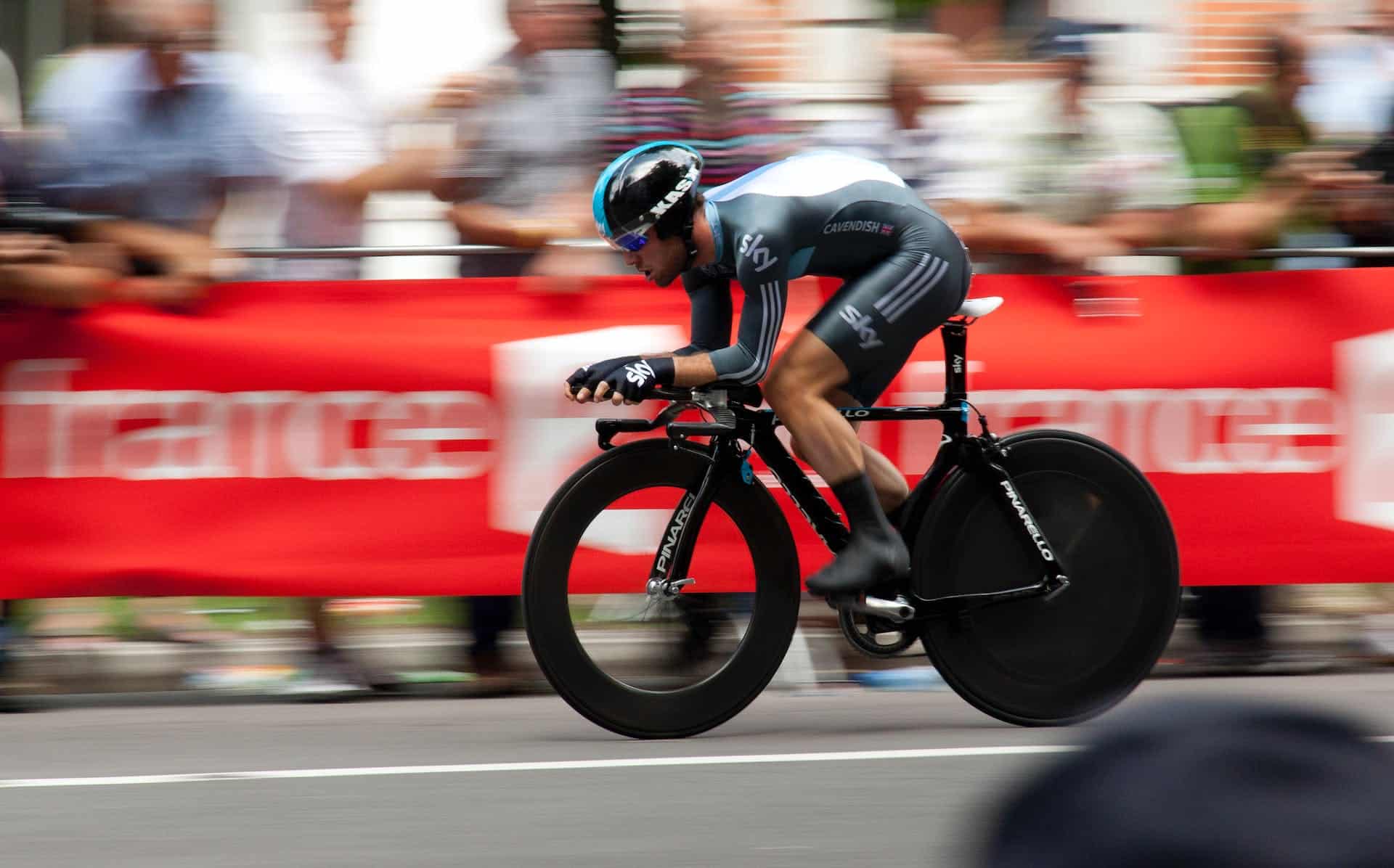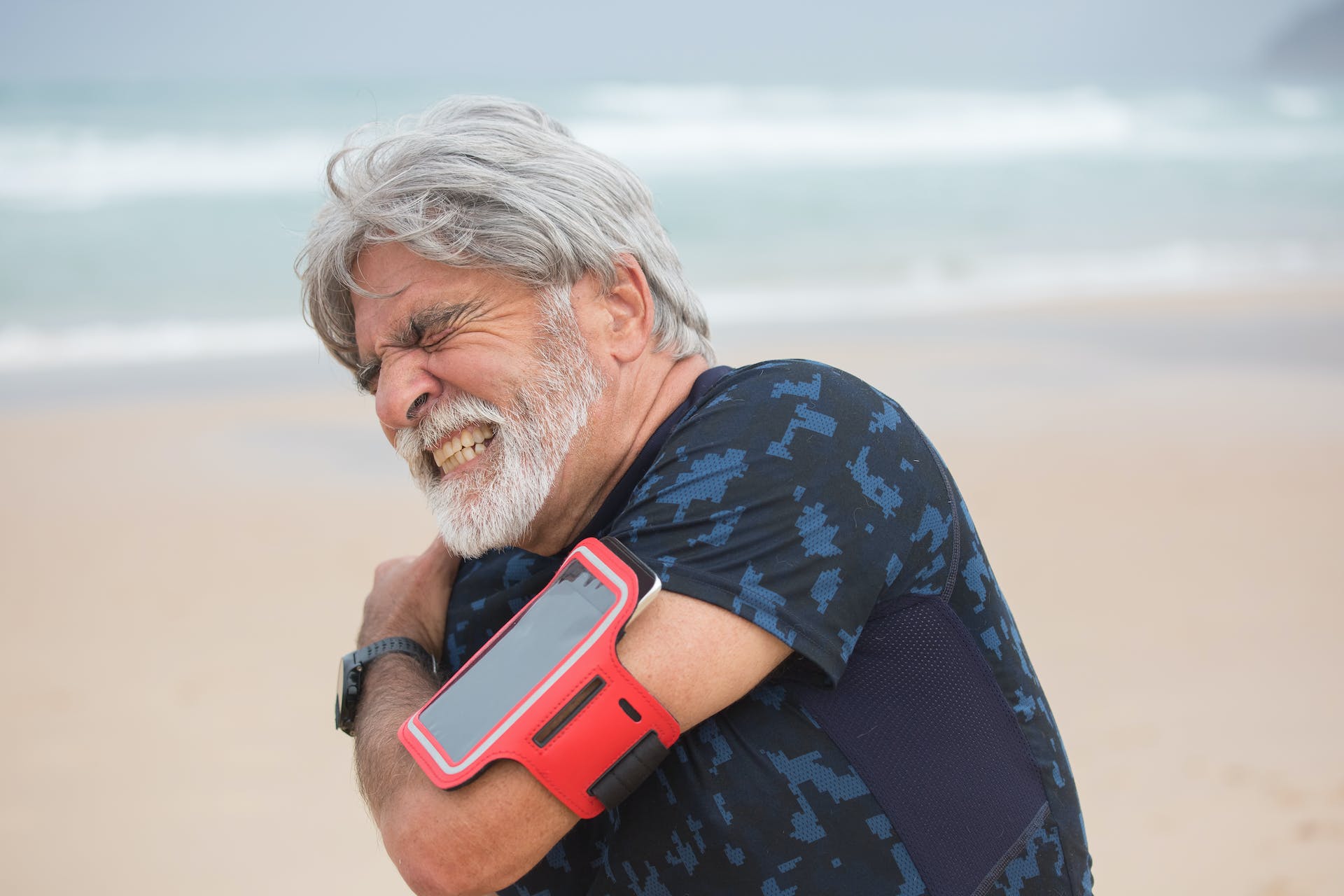Aside from burning fat or getting a great chest workout, improving range of motion remains one of the most popular fitness goals. We’d all like to be a little more limber and flexible, regardless of whether or not we’re athletes looking to maximize performance. This rings particularly true for those of us sequestered to long days at our home office, working remotely and trading our daily commutes and step counts of years past for something a little more solitary.
Mobility — your joints’ ability to traverse their range of motion without any issues — is critical to our overall physical health. Mobility exercises help reduce injuries, limit pain and improve posture and balance.
“This is incredibly important because it helps combat imbalances that lead to compensations, which will eventually result in injury,” said Sam Moses, a Certified Personal Trainer based in Colorado and one of our go-to mobility experts. “By freeing up range of motion, a joint can move without limitations, which prevents neighboring joints from having to compensate.”
And again, while weightlifters need to avoid injury by incorporating mobility exercises into their training regimen, you don’t need to be a gym rat to want to reap those benefits. We can all get on board with protecting the health of your joints.
“Plenty of research has validated rolling and stretching’s ability to help athletes or average Joes get back to 100% quicker as well as reduce the subsequent soreness they feel after exercise,” Moses said. “In short, mobility drills are a fantastic tool to help our body maintain balance and hurt less.”
From a general perspective, yoga and dynamic stretching are great ways to boost mobility and flexibility in your entire body. But for this article, we’ll focus on four body parts that often lack mobility: the thoracic spine, shoulders, hips and ankles.
Make sure to proceed with caution as you begin many mobility exercises. Your joints are fragile, after all, and any movements design to test the limits of your range of motion can be harmful if performed improperly. Take your time, ease into it and know your limits.
And while most mobility exercises are generally equipment-free, a few pieces of gear can make the experience more comfortable — which we’ve sourced at the bottom of the article. You’ll be loose and limber in no time.
1. Thoracic Spine Mobility Exercises
The thoracic spine sits in the upper part of your back and is responsible for movements like bending over. It’s also directly linked to your posture — bad posture can lead to serious problems in your spine’s thoracic region. Because it’s so integral to your torso’s movement, keeping your spine healthy is critical. Several simple mobility exercises for your thoracic spine require no equipment, many of which you can find in the video below. One of our favorites is called kneeling rotations, which offer an excellent stretch for your thoracic spine that you can knock out anywhere.
Instructions: Place both knees on a hard, comfortable surface and sit back, so your butt rests on your heels, which helps lock your lumbar spine in place. Place one elbow on the ground in front of your knee, with your forearm and hand extended to create a 90-degree angle at your elbow. With the opposite hand resting behind your head, begin with that elbow hovering above the ground. Rotate your torso upwards until you feel a stretch. Pause, then return to the starting position. Repeat on each side. You can also perform this mobility exercise with your torso at more of a 45-degree angle with the floor.
2. Shoulder Mobility Exercises
Any dude who’s spent a ton of time bulking up knows how easy it is to lose shoulder mobility. You can test your shoulder mobility by trying to touch your hands behind your back, with one arm behind your head and the other behind your hip reaching upward. Suppose you’re having trouble lacing your fingers, let alone touching them at all. In that case, you should probably work on your shoulder mobility, which is a crucial factor in lifts like the bench press or even simple daily movements like reaching to grab a book from the top shelf. Most mobility exercises serve as both a test and exercise, a movement that indicates your level of mobility while working to improve it. This shoulder exercise is a great example and is as easy as they come.
Instructions: Stand up straight with your arms at your sides and your palms facing inward. Slowly raise one hand in front of your body with your arm extended, rotating the arm upwards until it’s perpendicular to the ground, making sure to keep that palm facing toward your body. When you get to the top, reach a little higher, rotate your palm outward and move your arm behind your body, trying to keep it in the same plane of rotation. You lack mobility if you feel the arm moving away from your body a lot (a little is normal). An excellent way to test this is by doing this mobility exercise close to a wall. Once your arm rotates past your body, try to keep it from hitting the wall as you increase your mobility.
3. Hip Mobility Exercise — 90/90 Stretch
Hip tightness or a lack of hip mobility is one of the most common mobility complaints you’ll hear. This is undoubtedly affected by a sedentary lifestyle, as sitting for prolonged periods can tighten and shorten the tendons of the hips and the muscles surrounding them. This mainly affects athletes, as a lack of mobility in the hips is killer for anything from squats and deadlifts to explosive interval training and distance running. If there’s one area to focus on, it’s your hips.
Instructions: The 90/90 stretch, as the name would indicate, involves rotating your legs back and forth as they create 90-degree angles at your knees. Begin by sitting with your legs just outside shoulder width and your knees. You can place your hands behind your back on the ground for support. Drop both legs to one side, letting them fall into 90-degree angles. You should feel a strong stretch in your hips. Shift your legs to the other side of your body to complete one rep. You can hold the position or lean into the stretch for a more intense sensation.
4. Ankle Mobility Exercise
For all its calorie-burning prowess, running can wreak havoc on your joints, particularly your ankles. Mobility in the ankles is key to getting the most out of your runs while avoiding injury. The exercise below incorporates ankle dorsiflexion, or the ankle’s ability to bend and contract, drawing the toes back toward the shins. It also features a resistance band, which we’ve linked to in the next section.
Instructions: Secure a resistance band behind your body and wrap one end around your foot, so it sits at the bottom of the ankle. Place that foot flat on a raised surface — like a box, chair or low table — so your knee creates a 90-degree angle, and your thigh sits parallel to the floor. Shift your body forward so your knee extends beyond your toes, leaning into the resistance so you feel a stretch in the ankle. You can continue moving forward further as your mobility increases.
5. Knee Mobility Exercise
This one comes courtesy of Sam Moses over at Tribe Fitness in Mead, Colorado. He creates mobility “sequences” to target joints, meaning he couples a foam rolling drill to soothe the adjacent muscle with a corresponding stretch to double down on the process and regain range of motion. This one is great for loosening up the knee joint by simultaneously erasing tensioning in the quads.
Instructions: For part one of the sequence, lay on your stomach and use a triggered foam roller to loosen up the muscles in your quad, using slow motions to locate particularly sensitive areas. Part two of the sequence is best understood visually, so check out the video below for Moses’ demonstration.
Original article: https://spy.com/articles/health-wellness/fitness/best-mobility-exercises-1202805173/







